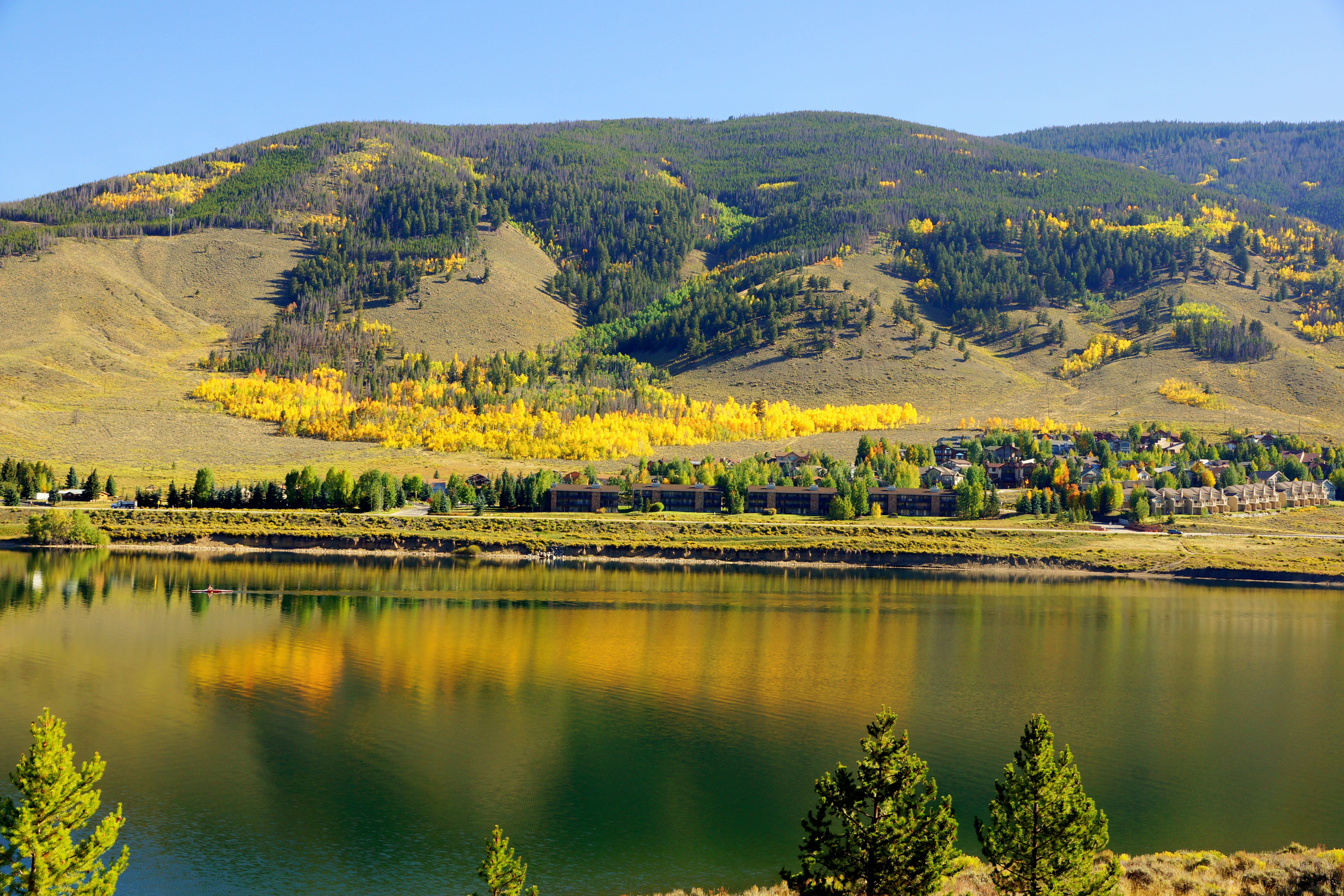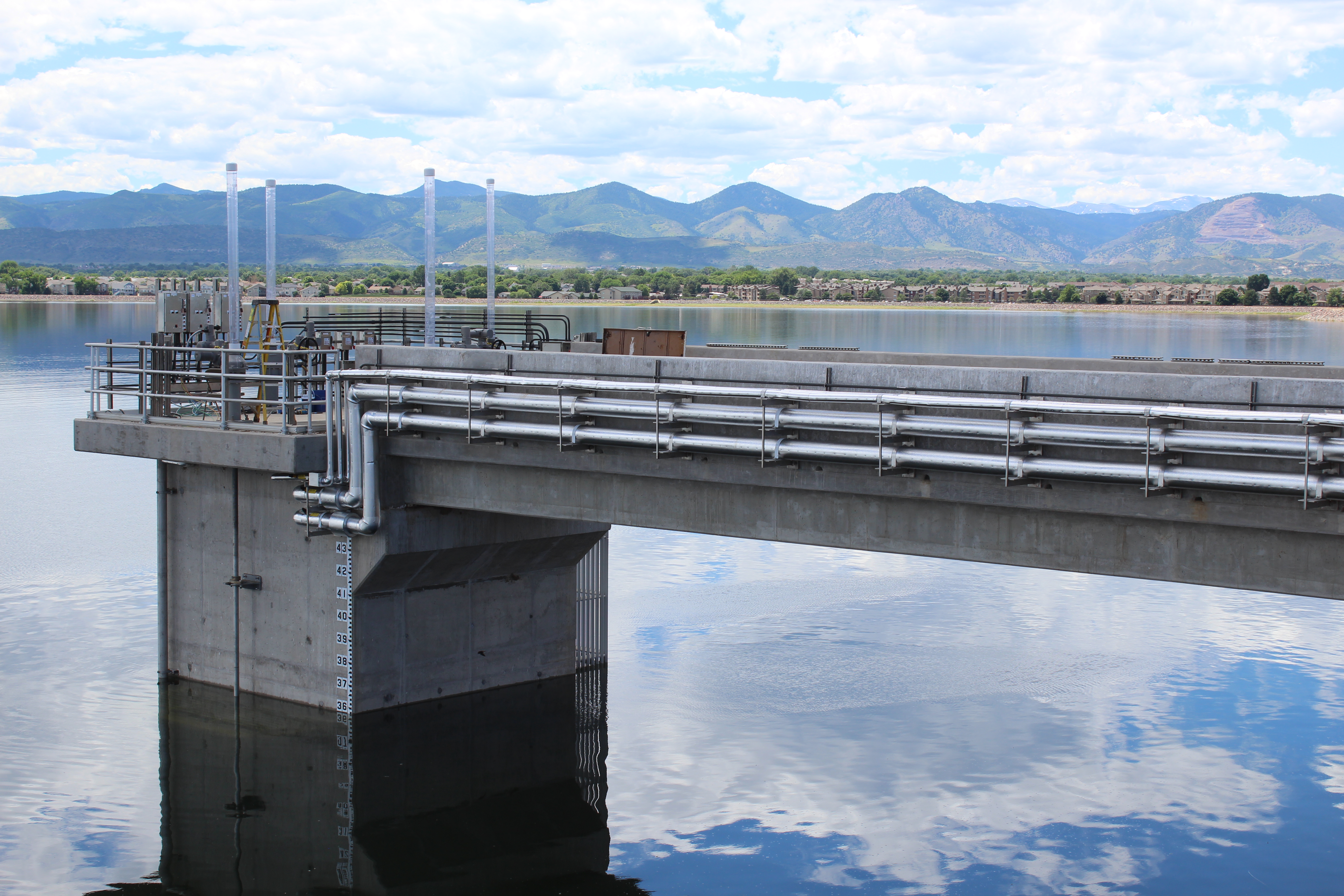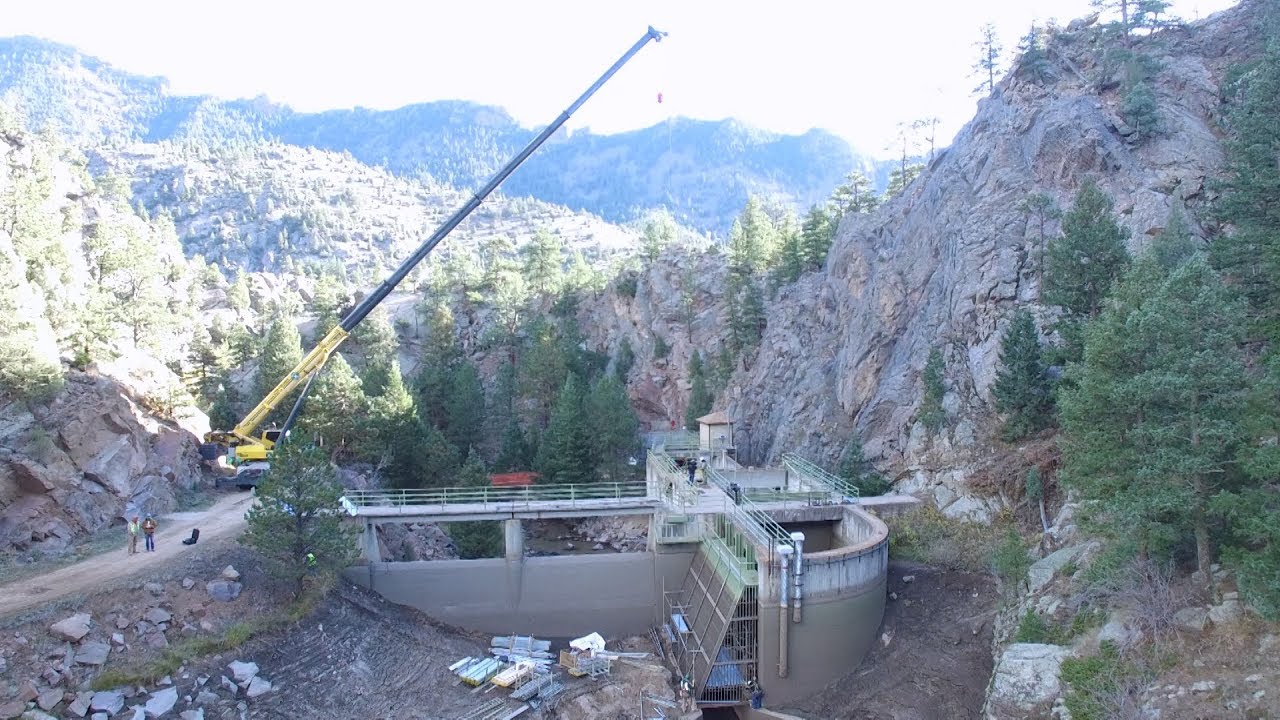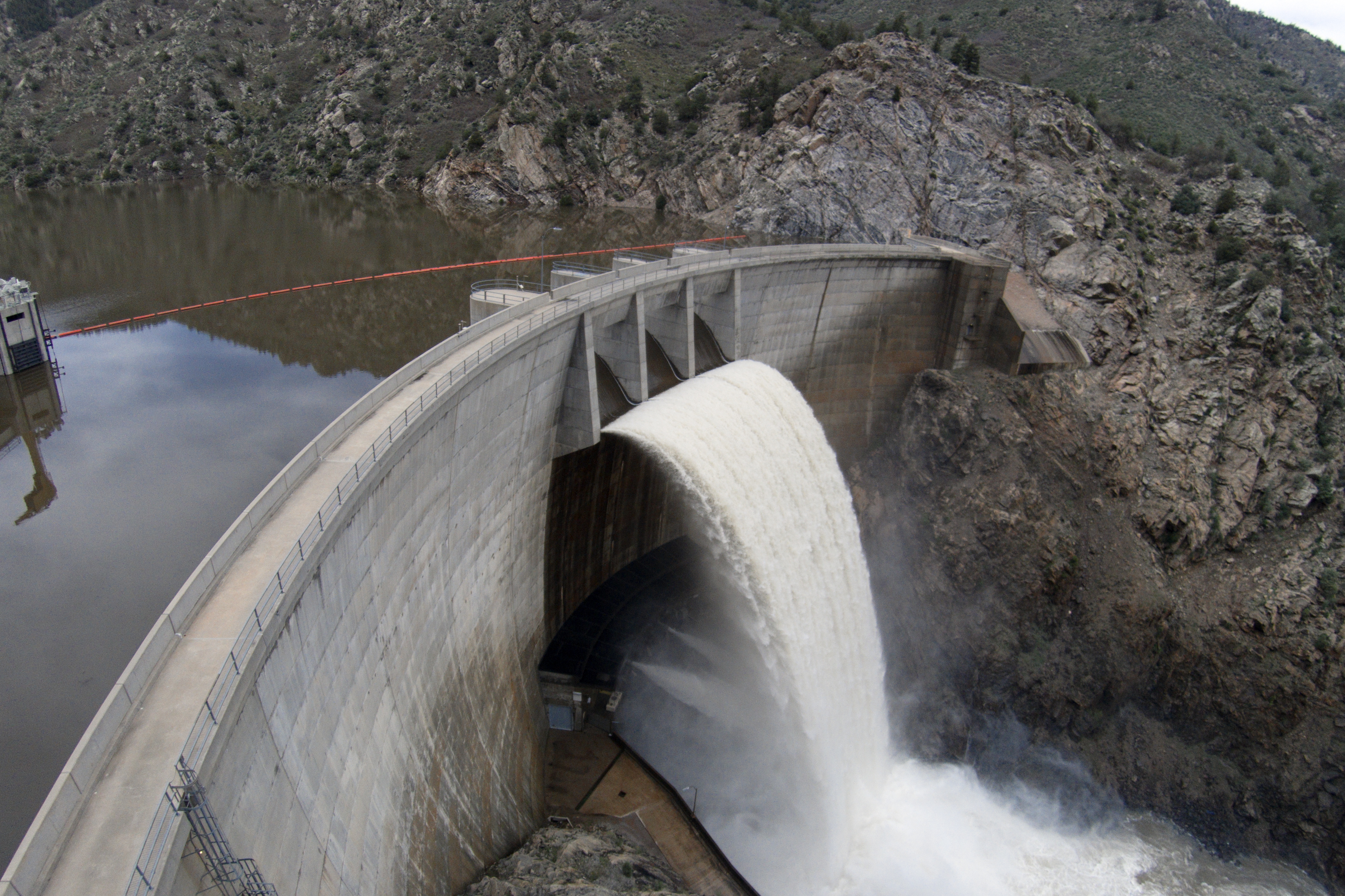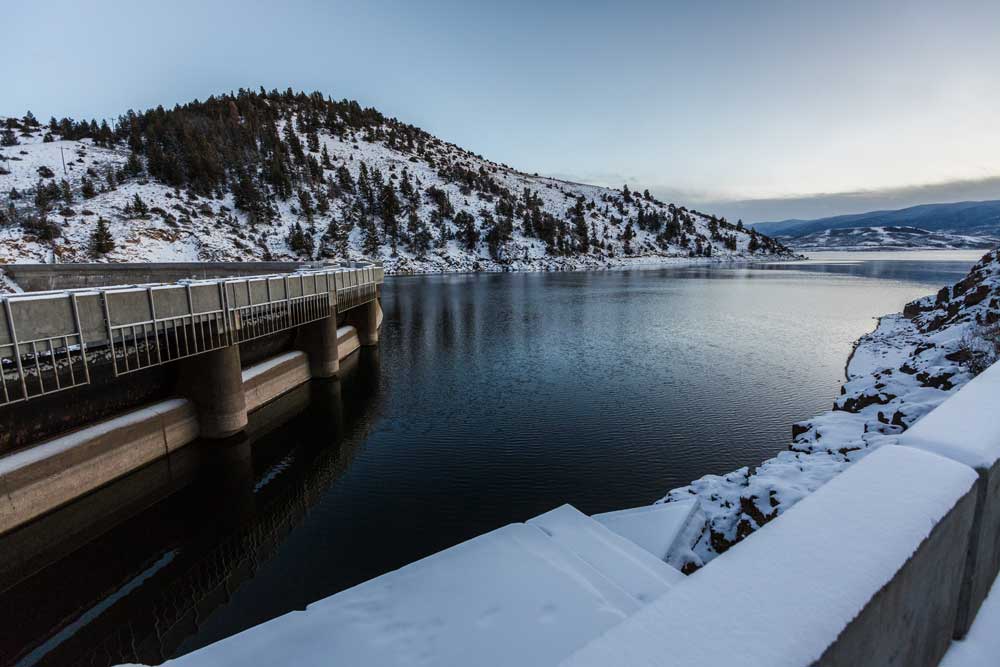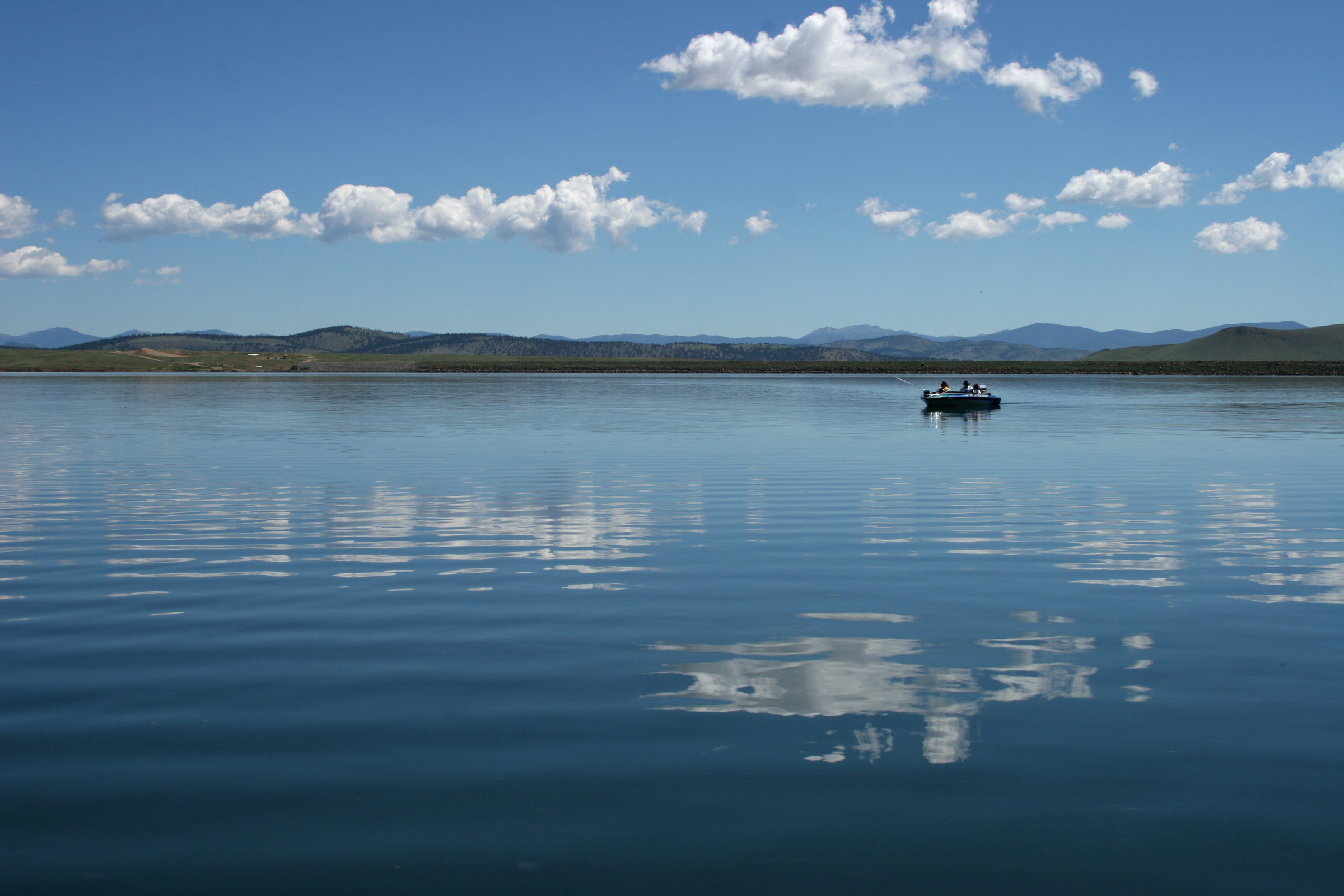
The serious business of keeping dams safe
National Dam Safety Awareness Day is May 31, commemorating the events on the day in 1889 when the South Fork Dam in Pennsylvania failed, resulting in the death of 2,200. Established by the Federal Emergency Management Agency, this day encourages and promotes dam safety, with the goal of preventing future catastrophic dam failures or lessening the impact of a potential failures.
As part of our collection system, we own and/or operate 20 dams under the jurisdiction of the Colorado Office of the State Engineer. Four of these dams have hydropower-generating facilities and, therefore, are also under the jurisdiction of the Federal Energy Regulatory Commission.
In support of our mission statement, Denver Water’s dam safety philosophy is to ensure continued safe and compliant operation of our dams in accordance with applicable state and federal regulatory requirements. Denver Water employees, agents and consultants will operate its facilities consistent with the commitment of Denver Water to provide good stewardship and responsible behavior.
Here is a breakdown of a few projects that have been completed during the last five years to ensure our dams are safe:
Antero Dam
Completion date: 1908
Location: Park County
In 2017, we completed a five-year, $20 million project on the 110-year-old dam, spillway and outlet works to address several dam safety issues. On Oct. 23, the American Public Works Association recognized Phase III of the Antero Dam Rehabilitation Project with its “Environment — Large Community” award, honoring outstanding achievement in the environmental field.
Dillon Dam
Completion date:1963
Location: Summit County
Completed in 1963, Dillon Reservoir has an earth-fill dam that is 5,888 feet long by 231 feet high above the Blue River streambed. It is the largest storage reservoir in our system at about 257,000 acre-feet. In 2014, the outlet works facility, which houses the system that controls the flow of water from Dillon Reservoir into the Blue River, was upgraded.
Marston Dam
Completion date: 1902
Location: Denver
In 2015 and 2016, two separate outlet works, a combination of structures and equipment required for the safe operation of a dam, that penetrated the 115-year-old north dam were replaced with a single outlet that included a multi-level outlet works tower. A new drain system also was added to the south dam.
South Boulder Creek Diversion Dam
Completion date: 1937
Location: Boulder County
High in the hills of Eldorado Canyon southwest of Boulder, Denver Water’s South Boulder Creek Diversion Dam received a tune-up. In 2017 and 2018, several gates were refurbished and electrical equipment upgraded. Denver Water completed the dam in 1937 as part of the northern delivery system, which channels water from the West Slope to the Front Range.
Strontia Springs Dam
Completion date: 1983
Location: Douglas County
In 2016, an elite team of divers fixed a critical emergency reservoir drain system on the dam, 200 feet below the surface. The drainage system, is a 50-foot long tunnel that is critical to dam safety. It allows operators to rapidly drain the reservoir and take pressure off the dam in the event of a structural problem, or to perform maintenance at the bottom of the dam.
The project began in September 2016, and was the second largest maintenance project at Strontia since the dam opened in 1983 ranking behind a sediment dredging operation in 2011.
Williams Fork Dam
Completion Date: 1959
Location: Grand County
Completed in 1959, Williams Fork Dam & Power Plant sends water and electricity to the West Slope when Denver diverts water to the city. Standing 217 feet above the Williams Fork River streambed, the dam backs up a reservoir of nearly 97,000 acre-feet of water, and the power plant contains a 3,158-kilowatt generator. Williams Fork Reservoir’s surface area is 1,860 acres with a 15.8-mile shoreline. In 2018, the penstock roller-gate was removed and refurbished, and hydraulic system controls were upgraded.
At Denver Water, six dam safety engineers are responsible for the integrity of 20 dams in our system via regular inspections, instrumentation monitoring and implementation of numerous maintenance projects by Engineering and Operations and Maintenance employees.
Annual inspections certify that these engineering marvels are safe and functioning properly.


